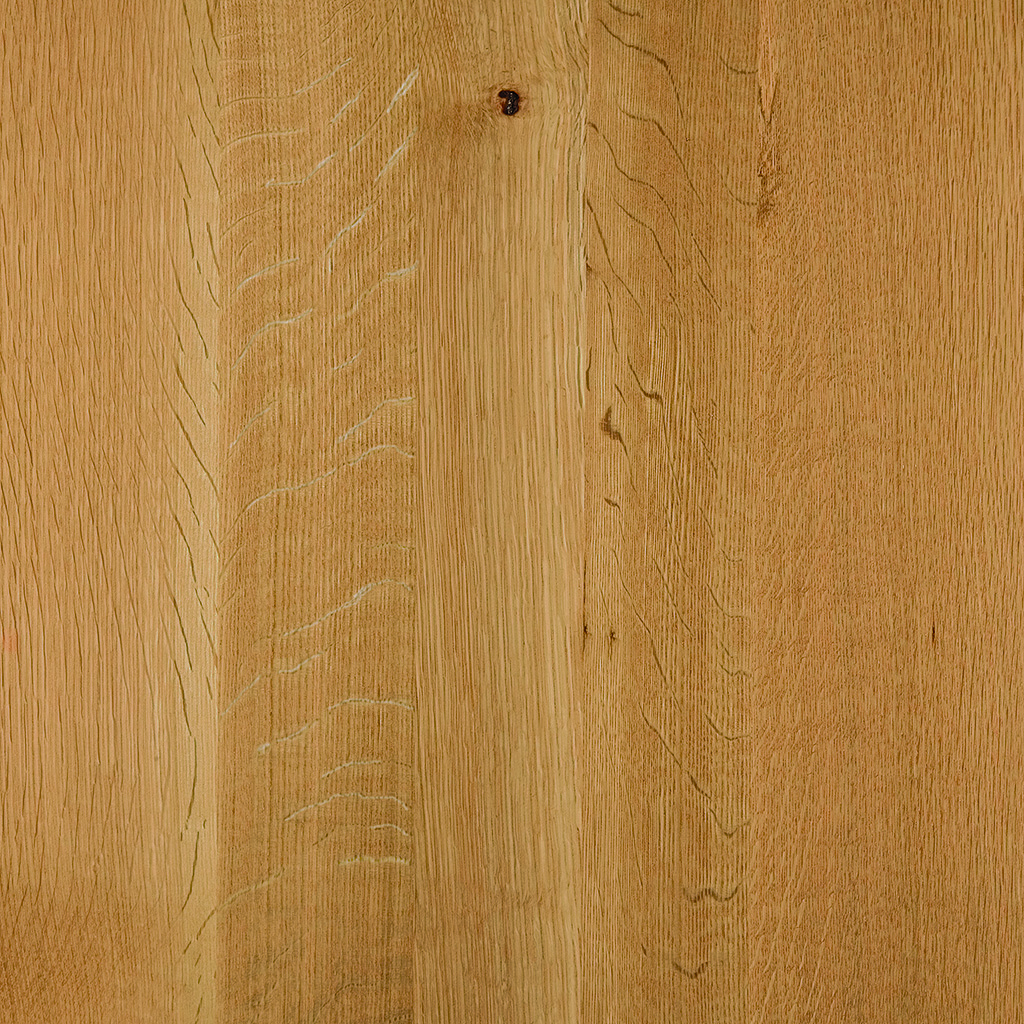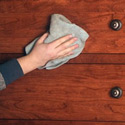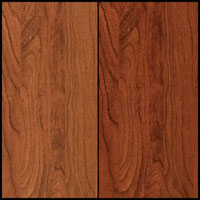Furniture Care Guide
Fabrics & Leathers
Clean Codes
S Clean with pure Petroleum Distillate-Based Solvents only. Water-based or detergent-based solvent cleaners may cause excessive shrinkage. Water stains may become permanent.
SW Clean with either water-based cleaning agents, foam, or pure Petroleum Distillate-Based solvents.
W Clean with water-based cleaning agents or foam to remove overall soil.
We recommend testing any cleaner on a hidden area of the furniture before cleaning the actual spot. If improperly used, some cleaners may leave a residue, water mark, or may be harmful to the color and life of a fabric.
We do not recommend using any aftermarket treatment or protector. Fabric mills will not warranty any fabrics found to have aftermarket treatments applied.
Other leather notes:
*Faux Fat Lines or Wrinkles: intentionally included in this leather to mimic the look of pure aniline while maintaining the consistent coloration and protection of pigmented leather
*Crackled in nature is a random effect that may vary from the sample and within a piece of furniture
*Care: Leather upholstery should be dusted regularly using a clean cloth with distilled water. Clean any spills immediately with mild soap and water. Blot dry. Never use wax, polish or oil leather cleaners as these may damage the surface of the leather.
Finish Types
Aniline: Sometimes referred to as Pure Aniline is the most natural method of adding color to leather where a transparent soluble dye is used. Soluble dyes soak into the hide without covering the surface with a topcoat or pigment. The dye colors the hide but still allows the grain and character of the hide to be seen. These hides are luxurious an have a soft hand. They will patina over time. There is no protective finish to aid in cleaning.
Semi-Aniline: Similar to aniline but with nominal coating that may contain pigments to provide more protection or make the color more uniform. The finish typically retains a soft hand but with the added protective coating. Scars and imperfection may still be seen but less than aniline dyed leathers. A nice balance of pigmented clean ability and color uniformity but natural luxurious hand and character of aniline.
Pigmented: Non-soluble and non-transparent pigments are used for color uniformity. Pigmented (protected) leather is used to cover imperfections or color variations and has a heavier protective top coating. It is ideal for low maintenance and cleanability in high traffic areas, kids, and pets. Pigmented finishes are bonded to the top (similar to paint) and if abused may peel. Unlike aniline leathers, pigmented leather will not patina.
Wood

Natural Wood
The beauty of wood is the purest expression of nature. Just as every tree in nature is different, every board used in your piece of furniture is different from the next. For this reason, the piece of furniture delivered to your home can never be identical to the one in the showroom. No man-made material can compare to the distinct and intricate grain patterns or characteristics of natural wood. The differences in the beauty of natural wood grain and the subtle variations of coloring give real wood its warmth and richness. Color variations, knots, small-pitted areas, gum and mineral deposits, and other marks of nature are normal and guarantee that you have purchased genuine solid wood furniture. Enjoy your new heirloom furniture as nature's gift of individuality.

Wood Furniture Care
You have bought fine quality furniture that requires no maintenance. To dust your furniture, it is recommended that you use a slightly damp knit cloth and wipe with the grain of the wood. You can hide minor nicks or imperfections that occur over time by using a touch-up marker, varying different colors of shoe polish, or a bit of stain. Try all touch-up materials in an inconspicuous wood area to be sure the color will blend satisfactorily. Avoid petroleum waxes (common household furniture sprays), oily polishes, vinegar, and acidic-based cleaners on your heirloom furniture.
Never allow spilled food or beverages to dry on any wood surface. Avoid placing any hot dishes or objects directly on wood tops; the warranty does not cover such damages. Use heat pads or felt to protect the surface. Do not use vinyl plastic pads (such as doilies) or mats for extended periods as staining and softening of the finish can result. Finally, it is important that your new piece avoids direct contact with alcohol, perfume, fingernail polish or remover, hairspray, plastic products, and many other chemicals that have not been listed. Many of the items listed can soften the lacquer, discolor the area, and possibly eat at the finish. Many of our finishes are resistant to the above mentioned harsh chemicals; however, we recommend being safe rather than sorry.
Solid Wood, Your Home, Time
Time, along with the freezing and thawing of our changing seasons, can cause the foundation of your home to become uneven. This can cause furniture to sit unevenly or cause uneven doors on armoires.
Wood finishes will change in appearance with the normal aging process. Slight variations in appearance and the fit of joints and seams will result from the normal expansion and contraction of wood as it responds to climatic changes in your home. Some wood species darken with age, most notably Cherry wood. During the early period of owning an heirloom that is made of fine lumber, rotate objects that set on top of the piece often to prevent a lightened area under the object. This in effect will keep the natural darkening process even. White, natural, and some lighter finishes may yellow with age. These changes in tone, fit, finish, and texture, are normal signs of aging into an antique heirloom.
Solid wood reacts to the amount of humidity in your home. Long periods of low humidity will dry wood and cause splitting, cracking, and warping. Exposing your furniture to excessive dampness is also something that should be avoided. Controlling your indoor relative humidity year round between 40% - 45% will eliminate these problems. When arranging furniture in your home, be thoughtful to avoid heat vents and direct sunlight to prevent discoloration, drying, and cracking.

Matching Furniture At A Later Date
All boards absorb stain differently. A certain finish such as Fawn for example, may look slightly different from one piece to another. If you are building your dream collection one piece at a time, there are understandably variables that will cause appearance differences between pieces from separate orders. Variables may include graining, knots, piths, color, stain absorption, sheen, and dye lot color of the stain or paint. Because of this, Penny Mustard cannot guarantee a perfect match-up from item to item on a separate order at a later date.
Painted Furniture
We paint real wood, vs. the industry standard of painting particleboard. Wood grain, knots and piths will usually remain noticeable even when painted. Real wood also has normal expansion and contraction which will highlight small paint cracks near the joints and seams of each piece.
Quality
The finest quality, care, and craftsmanship go into each piece providing you with a durable and beautiful piece of furniture for years to come.
The small family shops that bring this fine furniture to you will repair or replace (at their option) any piece of furniture that is found to be defective in materials or in workmanship.
Penny Mustard also warrants beds against being loose. Our newly designed bed bracket system allows us to guarantee that all of our wood, metal, leather, and fabric beds will remain sturdy, tight, and structurally sound.
Picture Worth a Thousand Words
Rugs
The following are general care and cleaning instructions that apply to any type of rug.
Vacuuming
- Canister vacuums without beater bars are the optimal type of vacuum to use on rugs.
- Brooms and manual sweepers are also a gentle and effective way to clean rugs.
- If you must use an upright vacuum, use the handheld attachment whenever possible.
- If you are unable to use the handheld attachment on your upright vacuum, turn off the vacuum’s beater bar.
- If the beater bar cannot be turned off, set it on the highest position possible before vacuuming.
- Refrain from running the vacuum over the edges of the rug or the rugs. Instead, use the handheld attachment or carefully place the vacuum on the rug.
- If a rug is reversible remember to vacuum both sides.
Cleaning Spills
- Clean spills immediately. Once a stain is set it becomes much more difficult to clean.
- Scrape off any food or debris with a dull instrument.
- Blot the spill with a dry cotton cloth or a clean paper towel.
- Work from the outer edges of the spill towards the center to prevent spreading.
- Never rub a spill as this forces the spill deeper into the rug.
- To remove any residual staining, dampen a cotton cloth or clean paper towel with clean, cold/lukewarm water. Gently blot with the damp cloth and quickly absorb the moisture on the rug.
- Please note that Viscose and Tencel rugs should never be cleaned with any water or liquid.
Professional Cleaning
- Handmade rugs require a different cleaning process than wall-to-wall carpet, so be sure to choose a professional rug cleaning expert.
- Inspect the rug with the cleaning expert prior to cleaning.
- Get a signed receipt and guarantee of work before the work is performed.
- Any damage resulting from the professional cleaning process is the responsibility of the cleaner.
The following are additional considerations based on specific rug construction types or materials.
Outdoor Rug Care
- Outdoor Safe products require regular care and cleaning, and should be stored in when they are not in use.
- Leaving an outdoor rug in direct or indirect sunlight outdoors will cause rapid fading.
- Store the rug in the shade when not in use. If you choose to leave your rug outdoors, shade it with an awning or umbrella.
- Leaving an outdoor rug in rain or humid weather will cause rapid deterioration and/or mold. Store the rug in a dry space when not in use. If a rug is left in the rain by accident, hang the rug over a railing in sunlight until it has completely dried.
- Outdoor Safe products that are damaged or aged prematurely due to negligence are not considered defective.
Special Care Based on Construction
- Hand Knotted Rugs - Use extra caution and care when cleaning because of the high value of these rugs.
- Hand Woven (Flat Weave) - Regularly vacuum both sides of the rug to remove any grit that may cause premature wear.
- Hand Woven (Shag/Texture) - Use extra caution and care when vacuuming; alternatively, you can take the rug outside to shake it out.
- Work from the outer edges of the spill towards the center to prevent spreading.
Special Care Based on Material
- Wool/NZ Wool - Mix a small amount of dish soap with cold water to help remove stains; regular vacuuming will help to curtail shedding sooner.
- Polypropylene/Olefin/Polyolefin - Mix a small amount of dish soap with cold water to help remove stains.
- Polyester/Acrylic/Poly Acrylic/Nylon - Mix a small amount of dish soap with cold water to help remove stains.
- Jute/Seagrass/Sisal - Regular vacuuming will help to curtail shedding sooner.
- Viscose/Tencel - Never clean these rugs with water or any other liquid.













